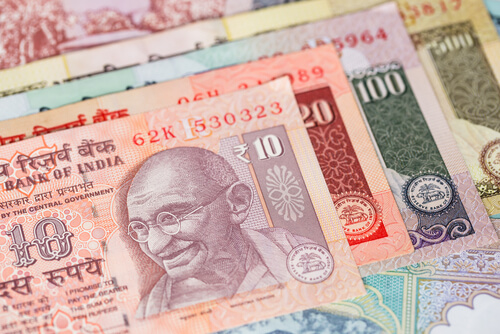The World Bank was formed in 1944, at the same time as the International Monetary Fund. At the time of its founding, the primary objective of the organization was to provide temporary loans to what were described as “low-income” countries that had issues with obtaining financing from commercial banks. Many people have a heard of this organization. With that said, a considerable percentage of the population in the United States and around the world do not understand the workings of the World Bank.
Related Resource: 50 Best Online Master of Finance Degree Programs
The Structure of the Bank
The World Bank is comprised of two financial institutions. These are International Bank for Reconstruction and Development and the International Development Association. Loans to countries that qualify for financing are made through one or another of these two institutions. The International Bank for Reconstruction and Development is comprised of 189 member countries at this time. Meanwhile, the International Development Association is made up of 173 member countries currently.
In addition to the pair of financial institutions that comprise the Bank, there are three other organizations affiliated with the Bank. These are the International Finance Corporation, the Multilateral Investment Guarantee Agency, and the International Centre for Settlement of Investment Disputes.
Largest Recipients of Loans from the Bank
In 2018, two countries received the lion’s share of financing from the Bank. These countries are India and China. India received $859 million from the Bank while China received $370 million.

Millennial Development Goals
In 2015, the Bank established what are known as the Millennial Development Goals. These represent the overriding objectives when it comes to lending provided by the Bank. The eight Millennial Development Goals as established by the Bank are:
- eradicate extreme hunger and poverty
- achieve universal primary education
- promote gender equality
- reduce child mortality
- improve maternal health
- combat HIV/AIDS and other diseases
- ensure environmental sustainability
- create a global partnership for development
Voting Power Within the Bank
Through the years, there have been some gyrations and alterations in regard to countries that have the most significant voting power at the Bank. A the present time, the countries with the most significant voting power at the bank are:
- United States – 15.85%
- Japan – 6.84%
- China – 4.2%
- Germany – 4%
- United Kingdom – 3.75%
- France – 3.75%
- India – 2.9%
- Russia – 2.77%
- Saudi Arabia – 2.77%
- Italy – 2.64%
Although these are the member countries with the largest percentages of voting power, there are other countries that also have smaller percentages within the structure of the Bank at this time. The United States has always had the most significant share of voting power within the organization.
The World Bank is physically located in the United States in Washington, D.C. The head of the World Bank typically is a citizen of the United States. Currently, the World Bank is headed by David Malpass, who assumed the presidency of the organization in 2019.
